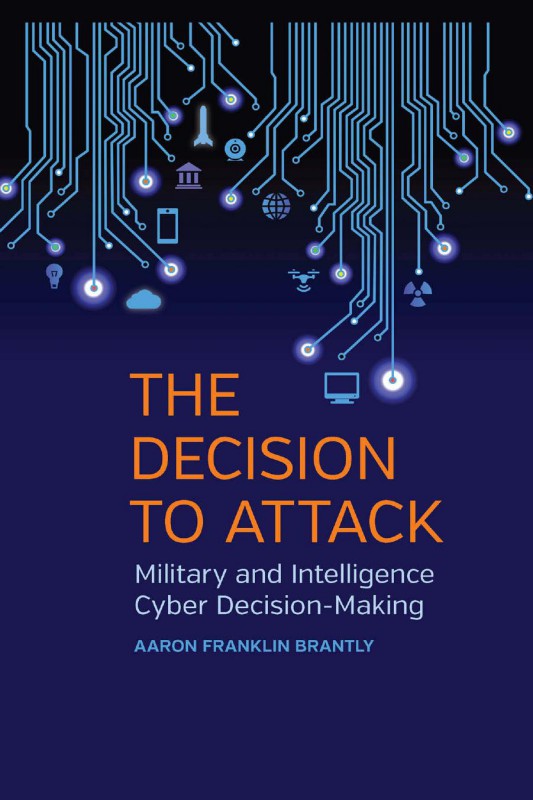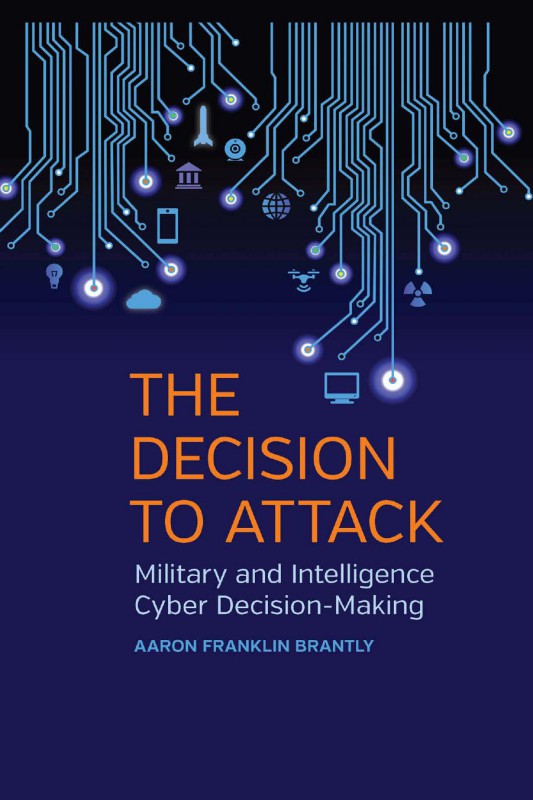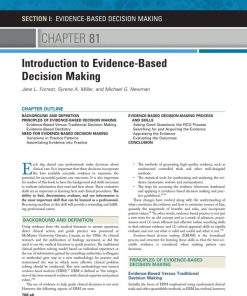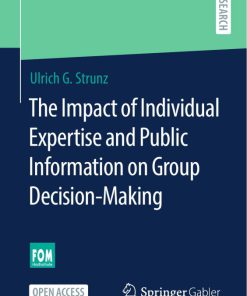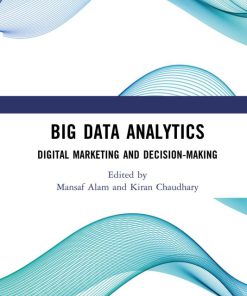The Decision to Attack Military and Intelligence Cyber Decision Making 1st edition by Aaron Franklin Brantly ISBN 0820349208 978-0820349206
Original price was: $50.00.$25.00Current price is: $25.00.
Authors:Aaron Franklin Brantly , Series:Cyber Security [159] , Tags:Computers; Internet; General , Author sort:Brantly, Aaron Franklin , Ids:Google; 9780820353791 , Languages:Languages:eng , Published:Published:Jan 2018 , Publisher:University of Georgia Press , Comments:Comments:The debate over cyber technology has resulted in new considerations for national security operations. States find themselves in an increasingly interconnected world with a diverse threat spectrum and little understanding of how decisions are made within this amorphous domain. With The Decision to Attack, Aaron Franklin Brantly investigates how states decide to employ cyber in military and intelligence operations against other states and how rational those decisions are. In his examination, Brantly contextualizes broader cyber decision-making processes into a systematic expected utility-rational choice approach to provide a mathematical understanding of the use of cyber weapons at the state level. Discussed: The Key Concepts of Cyber The Motivation and Utility for Covert Action Digital Power Anonymity and Attribution in Cyberspace Cyber and Conventional Operations: The Dynamics of Conflict Defining the Role of Intelligence in Cyberspace How Actors Decide to Use Cyber–a Rational Choice Approach Cognitive Processes and Decision-Making in Cyberspace Finding Meaning in the Expected Utility of International Cyber Conflict

